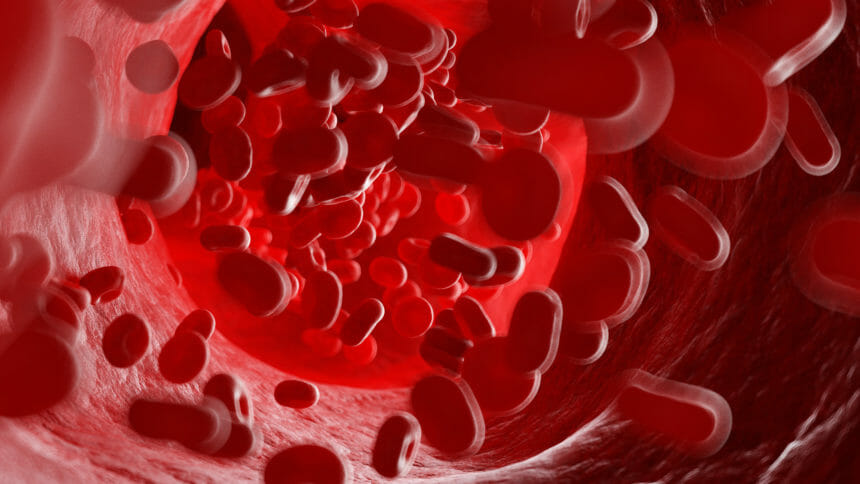
A new blood test platform can measure more than a hundred biomarkers of Alzheimer’s disease at k the same time, and could aid in early diagnosis, a new study finds.
The report was published Wednesday in Molecular Neurodegeneration.
Detecting signs of neuroinflammation and dysfunction in brain blood vessel function and nerve cell communication is important to improve new treatments and slow disease progression of Alzheimer’s disease. It’s especially helpful for people who don’t show any cognitive symptoms but may have the disease, and could help clinicians create guidelines for early intervention.
“Alzheimer’s disease should not be looked at through one single lens,” Thomas Karikari, PhD, an assistant professor of psychiatry at the University of Pittsburgh and the study’s senior author, said in a statement. “Capturing aspects of Alzheimer’s pathology in a panel of clinically validated biomarkers would increase the likelihood of stopping the disease before any cognitive symptoms emerge.”
Karikari’s team evaluated blood samples from 113 cognitively normal older adults. The samples were sent to Alamar Biosciences, the company that makes a new blood biomarker analysis panel called “NULISAseq CNS Disease 120 Panel.” In addition to measuring known Alzheimer’s blood biomarkers such as phosphorylated forms of tau, amyloid beta, neuroinflammation marker glial fibrillary acidic protein (GFAP) and neurofilament light chain (NfL), the panel can spot changes in about 120 other proteins related to neurodegenerative diseases.
The research team compared changes in biomarker profiles over two years with imaging-based measures of amyloid, tau and neurodegeneration.
The NULISAseq panel detected several biomarkers that correlated with patients’ amyloid positivity status and changes in amyloid burden over time. Those biomarkers were all previously linked to Alzheimer’s disease but could only be measured in the cerebrospinal fluid, which is an invasive procedure. The biomarkers that the panel detected included proteins that are linked with neuroinflammation, pathological changes in brain vasculature and impaired communication between nerve cells.
Karikari’s lab is creating a predictive model that correlates biomarker changes found using NULISAseq with brain autopsy data and cognitive assessments that are collected over the course of several years. The team wants to see if they can identify blood biomarkers that can help stage the disease and predict how the disease will progress.



